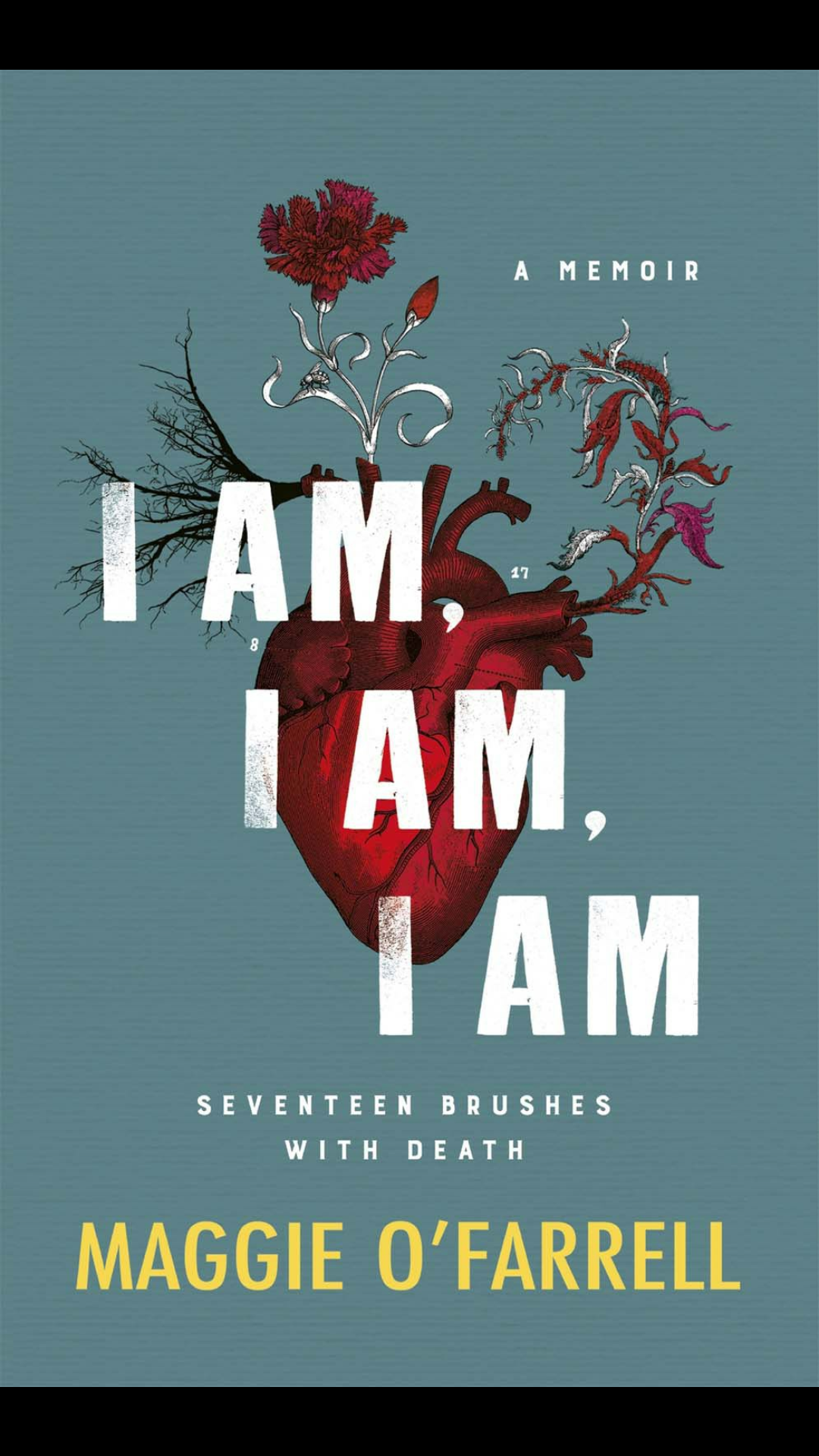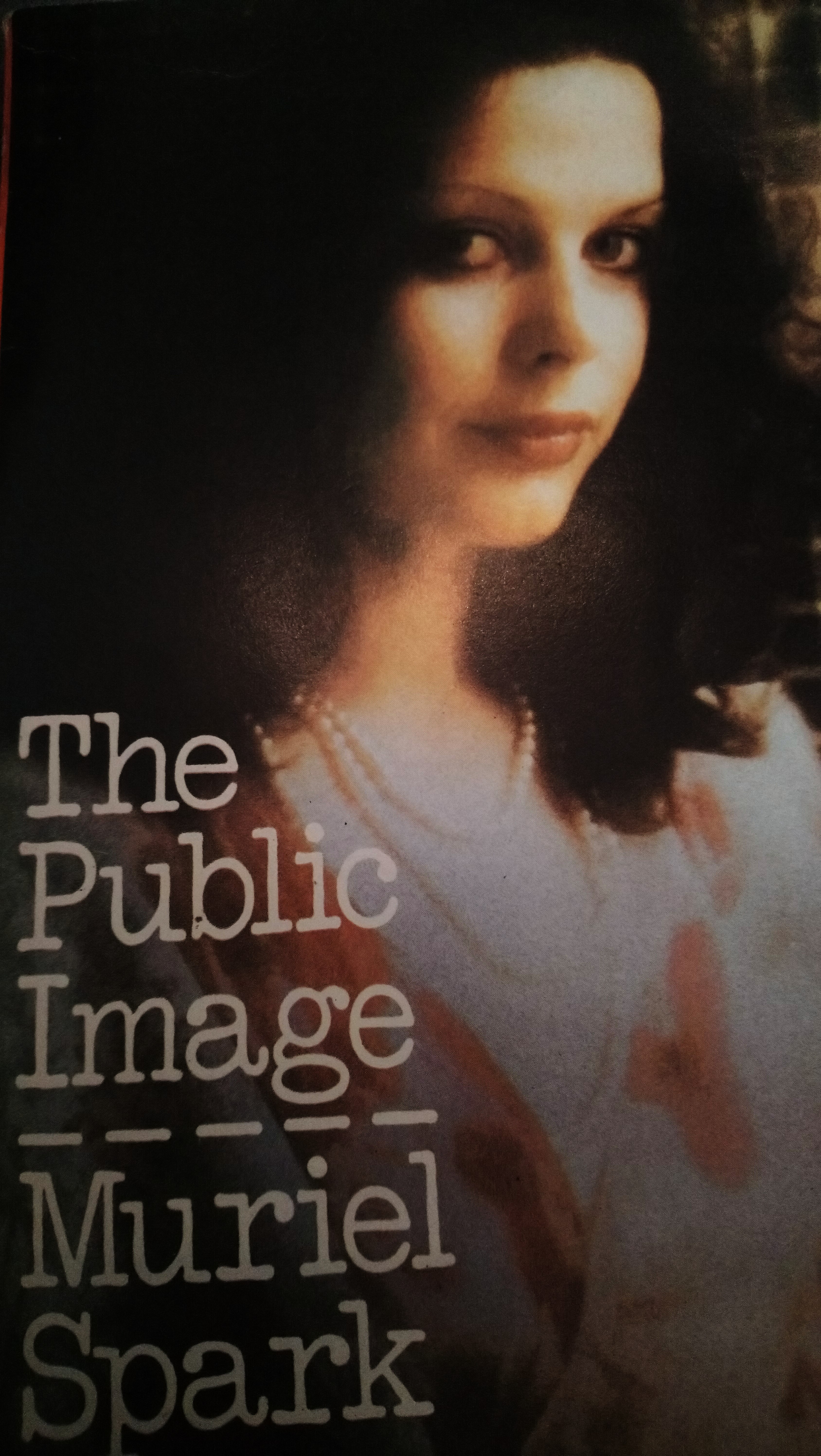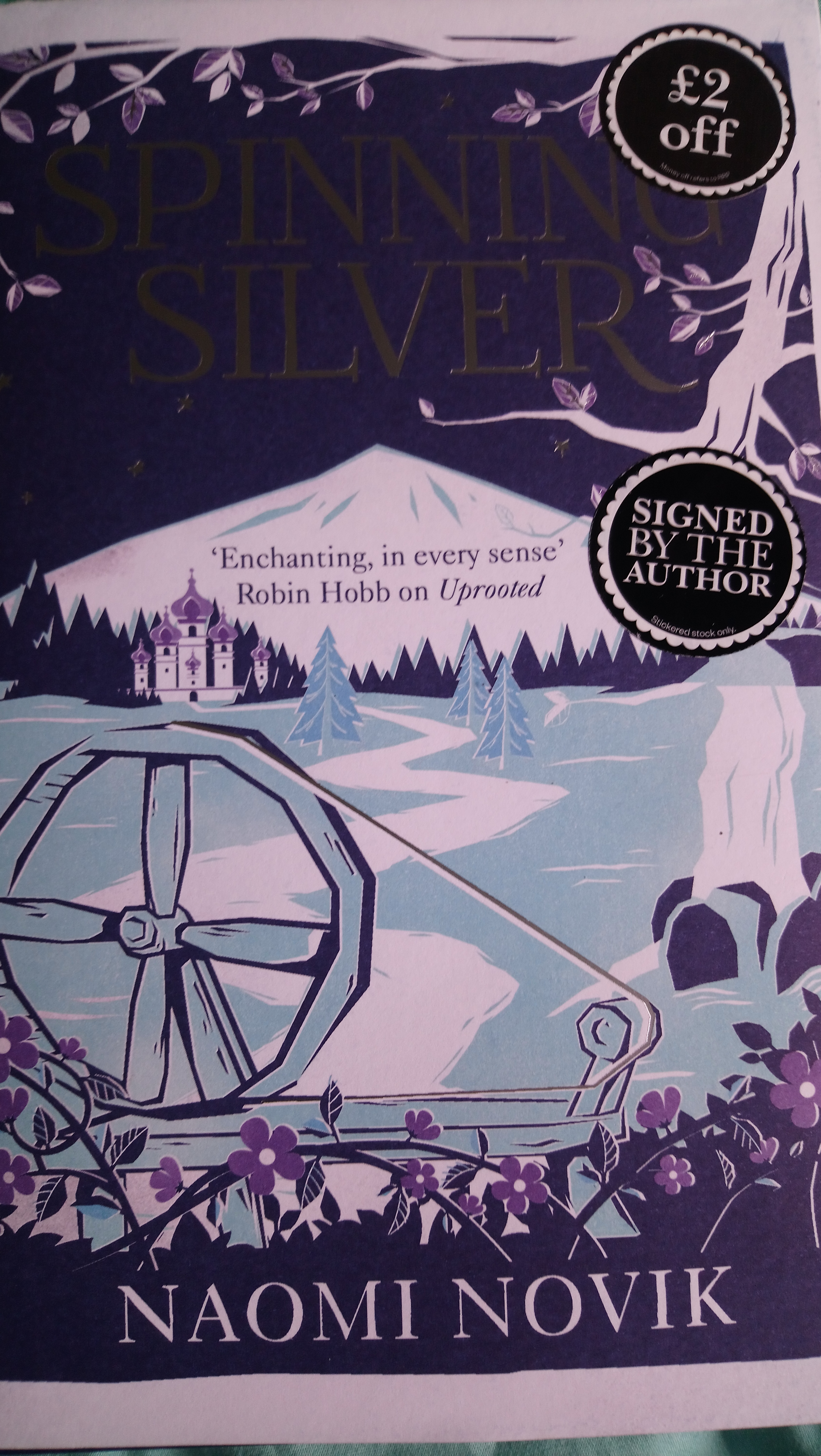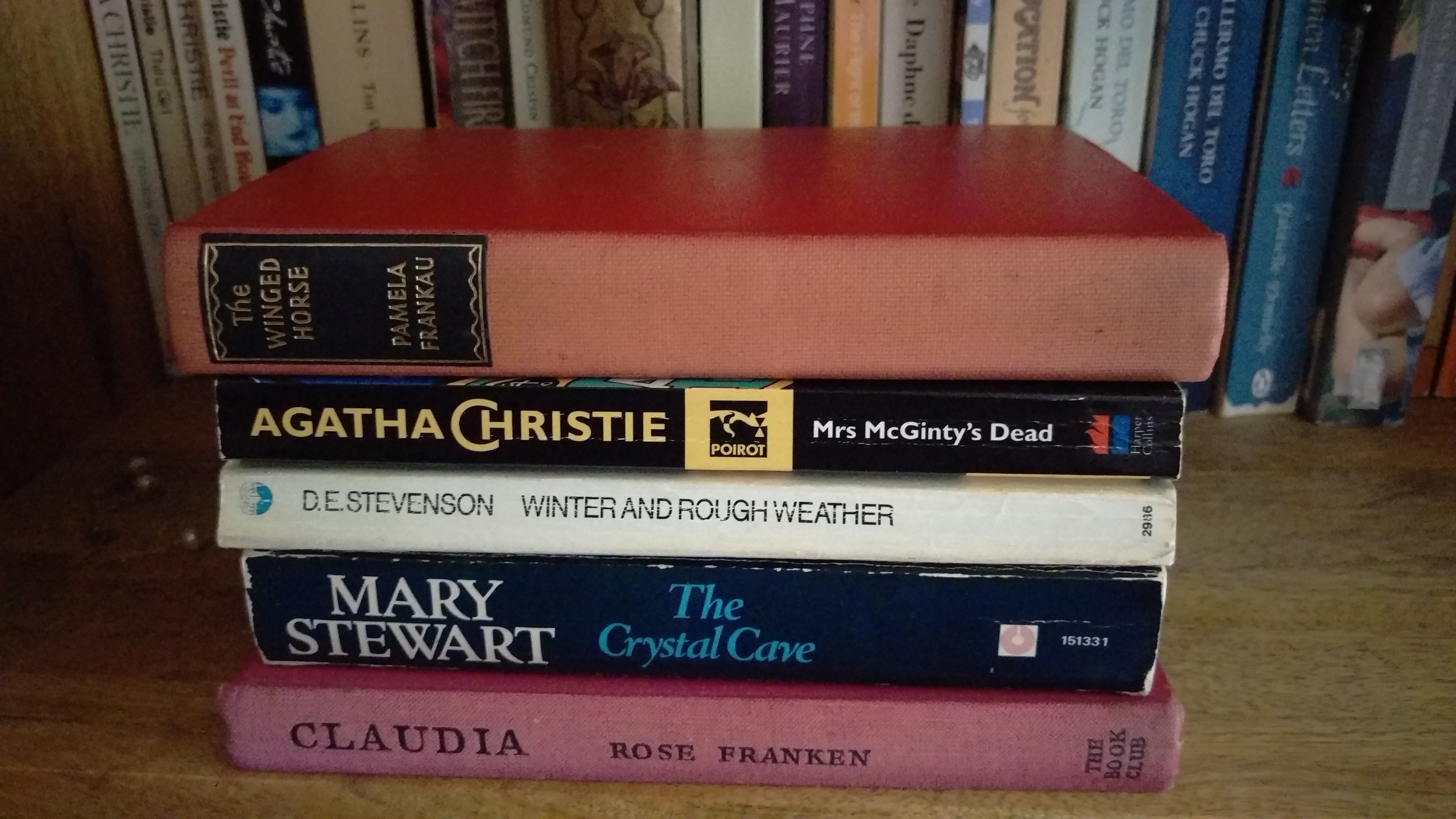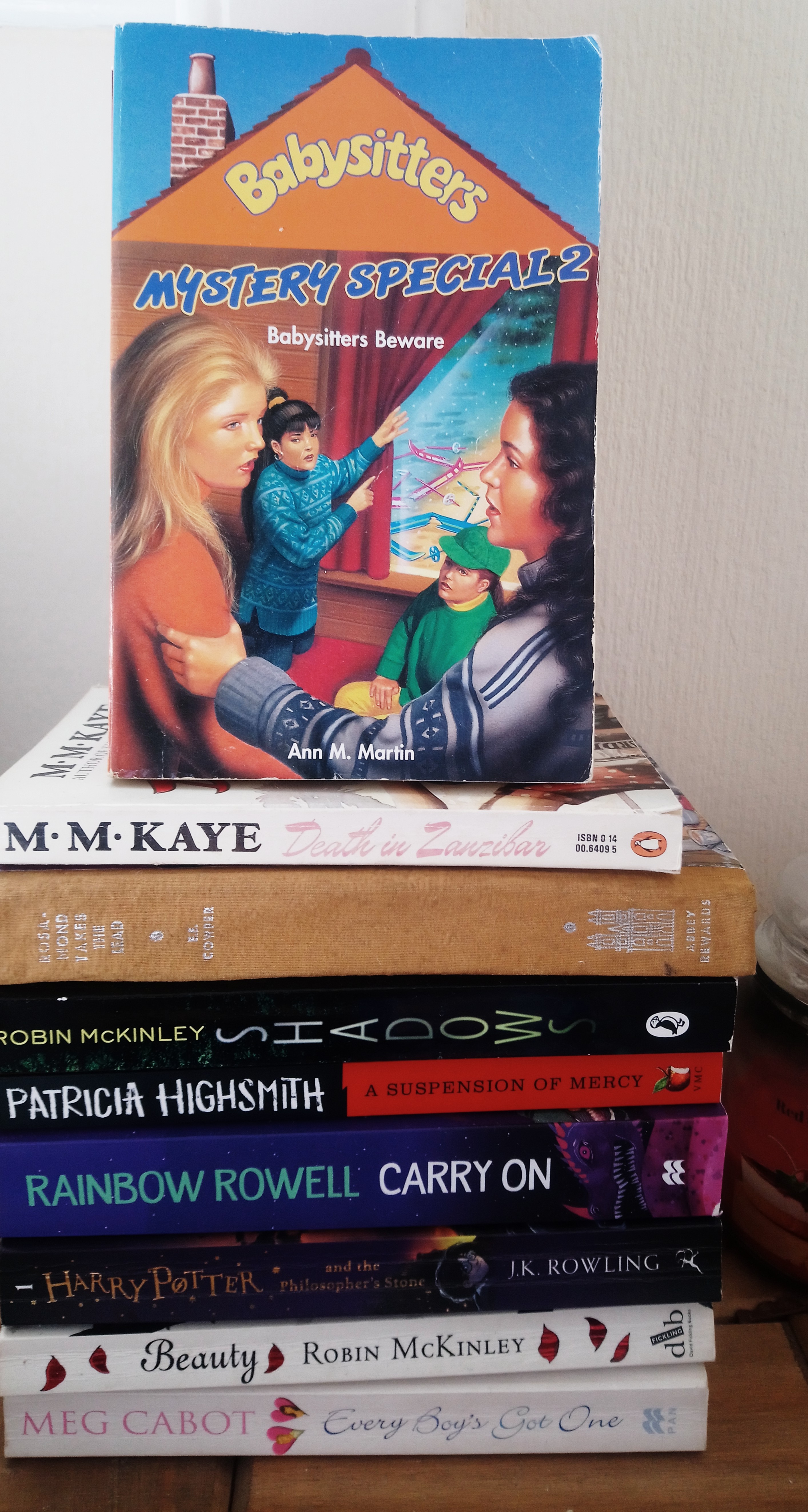
So, a few weeks ago, I was having a bad week. I was self isolating for seven days and stuck in the house and slowly going mad. Work, which I normally hate, has been one of the few things letting me have a semblance of normality i.e. sanity.
I couldn’t face anything, even reading. I tore apart my bookcases (they are double depth) trying to find something, anything. Even my old friends: the Anne books and the Chalet School series, normally there for every minor crisis wouldn’t do. Finally, in the very back of the bottom shelf in my dining room I found something to read. The Baby-sitters Club is a series of over a hundred books, plus super specials plus mystery books and super mysteries. When I was a kid I devoured books and discovered the baby-sitters club. At one time I must have owned at least 50 of them, and read even more borrowed from the library.
Apparently, I kept some of the specials and mysteries. The series was originally written by Ann M. Martin and then at some point the series was taken over by ghost writers. The essential premise is that a group of 13 year old girls (and occasionally one boy) babysit for their local community and are also best friends. They are fairly formulaic but are enlivened by Claudia Kishi’s outrageous fashion sense and odd moments of humour and surprising insightfulness. Even if every single book has an identical chapter at the start describing each of the characters.
Each chapter is written in first person, and in the specials the character narrating changes from chapter to chapter. The first page of each chapter is “written” in that character’s handwriting. The baby-sitters actually even have distinct-ish characters.
In three days I read: one of the original series, two super specials, four super mysteries, and four of the newer series “baby-sitter forever” (the ease of Amazon and the Kindle app is both a blessing and a curse). They were easy, light and they kept me from going insane. After binging the mysteries I even graduated to some classic crime, and some Girl’s own novels.
They were surprisingly enjoyable. I dare say I’ve learnt the wrong lesson but I’m taking this to mean never get rid of books.
And, of course, that it’s okay to just concentrate on getting through this time however we can.
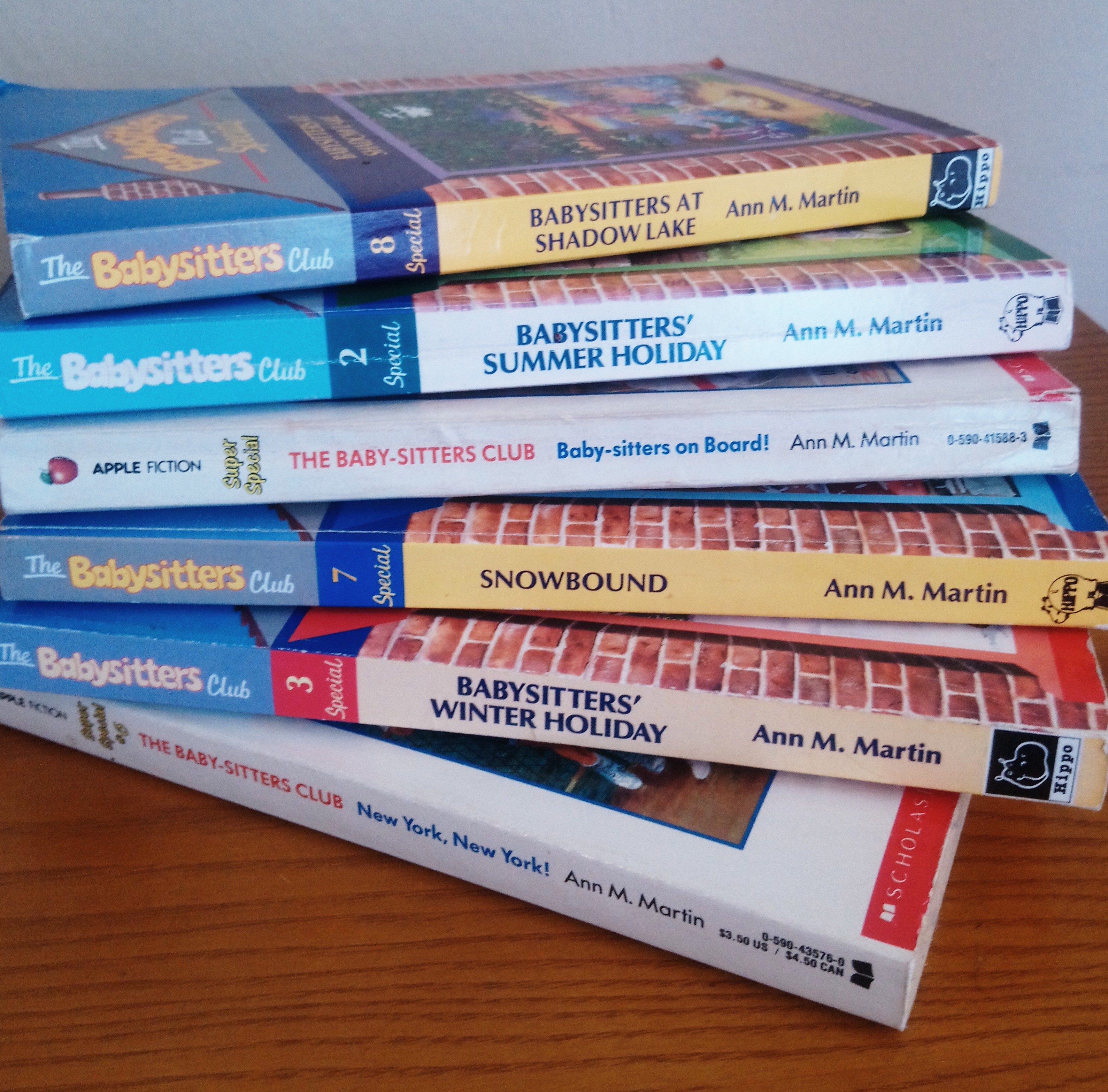
Some parting thoughts:
- I really can’t read Jessi’s hand-writing. How on earth did I decipher these when I was eight?
- Claudia, you are definitely my favourite member of the BSC. The artyness, hiding Nancy Drew books around your room, the completely out there fashion.
- Maybe I was an irresponsible thirteen, but I really can’t imagine anyone trusting me to babysit their small children at that age, and Jessi and Mal are only eleven!
- The more modern Baby-sitters forever series tries to modernise things a bit, but I actually think the original books don’t feel that dated.


